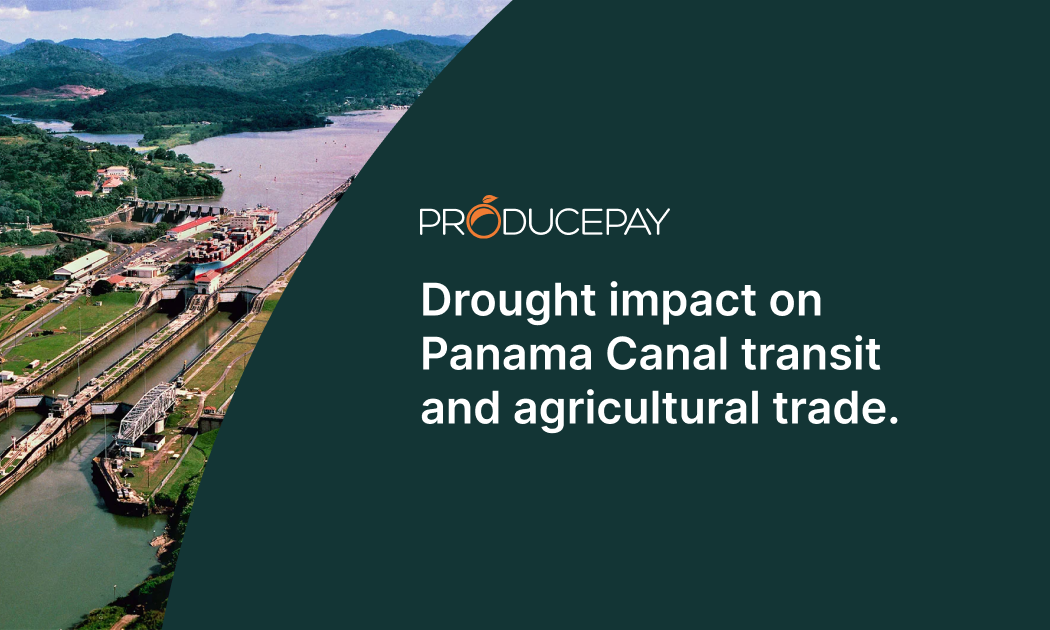
Drought impact on Panama canal transit and agricultural trade.
The ongoing dry season in Panama has prompted an unprecedented response from the Panama Canal Authority. Shifting rainfall patterns and the looming possibility of an El Niño event have disrupted water availability, restricting the draft to 44 feet (13.41 meters) for the upcoming months.
This reduction will impact daily transit operations. On average, only 32 vessels will be able to navigate through the canal per day, creating challenges for both logistical operations and international trade.
Historically, the Panama Canal has proactively implemented measures to enhance water efficiency in its operations during periods of drought. Furthermore, the canal authority is actively researching to identify long-term solutions for managing climate variability.
Despite the decreased traffic, the Panama Canal Authority remains resolute in its commitment to ensuring secure and dependable operations in the short term. It has expressed its willingness to continue providing optimal services for years.
Impact on agricultural trade
The diminished transit capacity of the Panama Canal is poised to exert a notable influence on the agricultural export industry, especially in the fruit sector. Bananas could be the most heavily impacted commodity due to their extensive transit through this route. In 2022, 792,500 metric tons of bananas traversed the canal, accompanied by 258,000 metric tons of various other fruits.
Ecuador, the world’s largest banana exporter with a 26% share of global exports, is most susceptible to this development since bananas constitute 82% of its agro-exports.
Consequently, this situation could lead to a shortage of supply for Ecuador’s key banana markets, which are Russia (56%), the United States (34%) and Turkey (6%).
Similarly, Peru and its trading partners could be significantly affected, as Peru exports significant volumes of fresh produce to Europe through the canal, particularly avocados, mangoes, grapes, and bananas.
Likewise, the impact may reverberate significantly for Peru and its trade partners. Peru is a significant exporter of fresh produce to Europe through the canal, with avocados, mangoes, grapes, and bananas vulnerable to substantial setbacks.
In contrast, countries such as Guatemala, Costa Rica and Colombia will be less affected. Unlike Ecuador, they enjoy access to both oceans, affording them greater flexibility in devising transportation routes.
Safeguarding continuity of commercial operations
In light of this scenario, growers and buyers must take proactive steps to prevent disruption in their commercial activities. The strategic pursuit of alternative partners is pivotal to ensure seamless operations.
Employing the right tools can be instrumental in establishing an efficient and sustainable supply chain. In this regard, the ProducePay Marketplace is an ideal solution—a digital platform seamlessly connecting verified producers and buyers, fostering secure and convenient interactions.
Through our platform, growers gain access to an expansive network of buyers, streamlining the marketing of their fresh produce. Similarly, buyers can find a diverse array of high-quality fresh offerings.
Sources: Portal Frutícola, Pancanal
